Computing
Statement of Intent
Computing at Hazelmere Junior School intends to develop ‘thinkers of the future’ through a modern, ambitious and relevant education in computing. We want to equip pupils to use computational thinking and creativity that will enable them to become active participants in the digital world. It is important to us that the children understand how to use the ever-changing technology to express themselves, as tools for learning and as a means to drive their generation forward into the future.
Whilst ensuring they understand the advantages and disadvantages associated with online experiences, we want children at Hazelmere Junior School to develop as respectful, responsible and confident users of technology, aware of measures that can be taken to keep themselves and others safe online.
Our aim is to provide a computing curriculum that is designed to balance acquiring a broad and deep knowledge alongside opportunities to apply skills in various digital contexts. Beyond teaching computing discreetly, we will give pupils the opportunity to apply and develop what they have learnt across wider learning in the curriculum.
Key aims
The national curriculum for computing aims to ensure all pupils:
- can understand and apply the fundamental principles and concepts of computer science, including abstraction, logic, algorithms and data representation (Computer science)
- can analyse problems in computational terms, and have repeated practical experience of writing computer programs in order to solve such problems (Computer science)
- can evaluate and apply information technology, including new or unfamiliar technologies, analytically to solve problems (Information technology)
- are responsible, competent, confident and creative users of information and communication technology. (Digital literacy)
Curriculum
Teach Computing Curriculum MapHazelmere - Progression of Skills (Computing)Teach Computing Curriculum aims and intent
